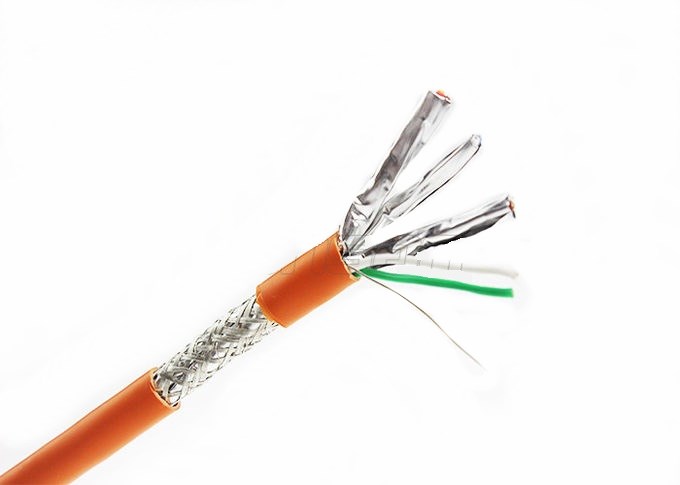"After 130 years of Edison's invention of the light bulb, the white LED became a revolutionary one of the assault troops. This revolution is making a revolutionary change in the field of quiet lighting technology. Although Japanese companies previously dominated the global white LED market, Now European and American companies are catching up quickly. The gap between Japanese manufacturers and their counterparts in South Korea and Taiwan is also shrinking. The large investment in the LED field has caused new competitors to show amazing growth rates. Japan is full of hopeful LEDs. The field is threatened," said Akira Minamikawa, vice president of iSuppli Japan. He believes that the fate of the Japanese semiconductor industry has deteriorated because its actions are not decisive.
Not long ago, the survey results also showed that Japanese manufacturers dominate the white LED market. Nichia accounts for more than 60% of the global market, and Toyoda Gosei, which ranks second, accounts for about 20%. Japanese companies account for more than 90% of the world's white LED supply.
However, the situation has changed significantly recently. According to a survey by iSuppli, Nichia's share has fallen by half to 30%, while Toyoda Gosei has fallen below 10%. At the same time, the rankings of Germany's Osram and the US Cree rose to second and third respectively. Taiwanese manufacturers are chasing after them and desperately trying to squeeze into the first square.
Among Korean manufacturers, Samsung and LG are currently ranked lower, and have announced large-scale investment plans to expand production. Once their new plant is completed and put into production, it will leap into the ranks of first-tier manufacturers.
According to iSuppli, the white LED market was about $2 billion in 2004 and is expected to grow to $4 billion by 2012 and more than $9 billion by 2020.
White LEDs will be used in a wide variety of applications, from residential, office and store lighting to LCD TV backlighting and automotive lighting. In some regions, such as Africa, there are still 1 billion people without light bulbs. When LED lighting is popular in these regions, the market will certainly become very large.
Currently, most white LEDs are a combination of a blue LED and a yellow phosphor. The University of California professor Shuji Nakamura and his former employer Nichia have reached an out-of-court settlement with a well-known lawsuit against the blue LED patent. Nichia paid only $8 million to Nakamura, which is much lower than the demand of about $200 million. . Nakamura was disappointed with Japanese companies, especially with regard to Nichia, and eventually left the United States. This has caused concern about brain drain in Japan. Nichia's patent on blue LED production is about to expire, and manufacturers around the world will begin mass production of white LEDs.
Why are Japanese manufacturers losing control of the global market? Minamikawa explained: “Enterprises are indecisive and cannot make aggressive investment decisions. When business opportunities come, they will be in a hurry. Although they claim that their plans are very cautious, the reality is that they are being decided. More rapid overseas competitors have lost. As Japanese manufacturers have fallen in the IT and consumer electronics markets, they have no financial strength to make strategic investments in the semiconductor industry."
However, faced with the threat of overseas peers, Japanese companies have already rallied and developed investment plans. Nichia announced that it will build a new plant in Shikoku City. Sharp's two factories are undergoing a shift from producing ICs to producing LEDs. Toshiba plans to invest more than 30 billion yen ($300 million) in LEDs, including the construction of a new plant. Mitsubishi Chemical also made it clear that it intends to expand the production of white LED chips.
Insiders of a device manufacturer have a calm view of this lively scene: “Even if Japanese companies decide to invest in white LEDs, they will find it difficult to buy equipment. MOCVD is the key equipment for LED production, and there are only two major MOCVD systems. Suppliers: Aixtron in Germany and Veeco in the US. Japanese equipment manufacturer Taiyo Nippon Sanso supplies MOCVD systems to most Japanese LED manufacturers, lacking sufficient capacity to meet demand. The number of devices on the market is limited and difficult to buy. More than 150 sets of equipment have been ordered by South Korea's Samsung. The industry's claim is that only used equipment can be bought in the market."

Lan Network Cable widely used at Voice data, Graphic image, Multi-media, Security monitoring and other data transmission. Combined with Keystone Jack Patch cords, and patch panel, it provides excellent and stable performance. All series of the Lan Network Cable products include shielded and unshielded Category 5E, Category 6, Category 6A and Category 7 and other fiber optic products.
The solution is not only for hospital, government manufacturingand other environments. For different application, you can find our product accordingly.

Lan Network Cable
Lan Network Cable, Lan Cable, UTP Lan Network Cable, FTP Lan Network Cable
NINGBO YULIANG TELECOM MUNICATIONS EQUIPMENT CO.,LTD. , http://www.yltelecom.com
